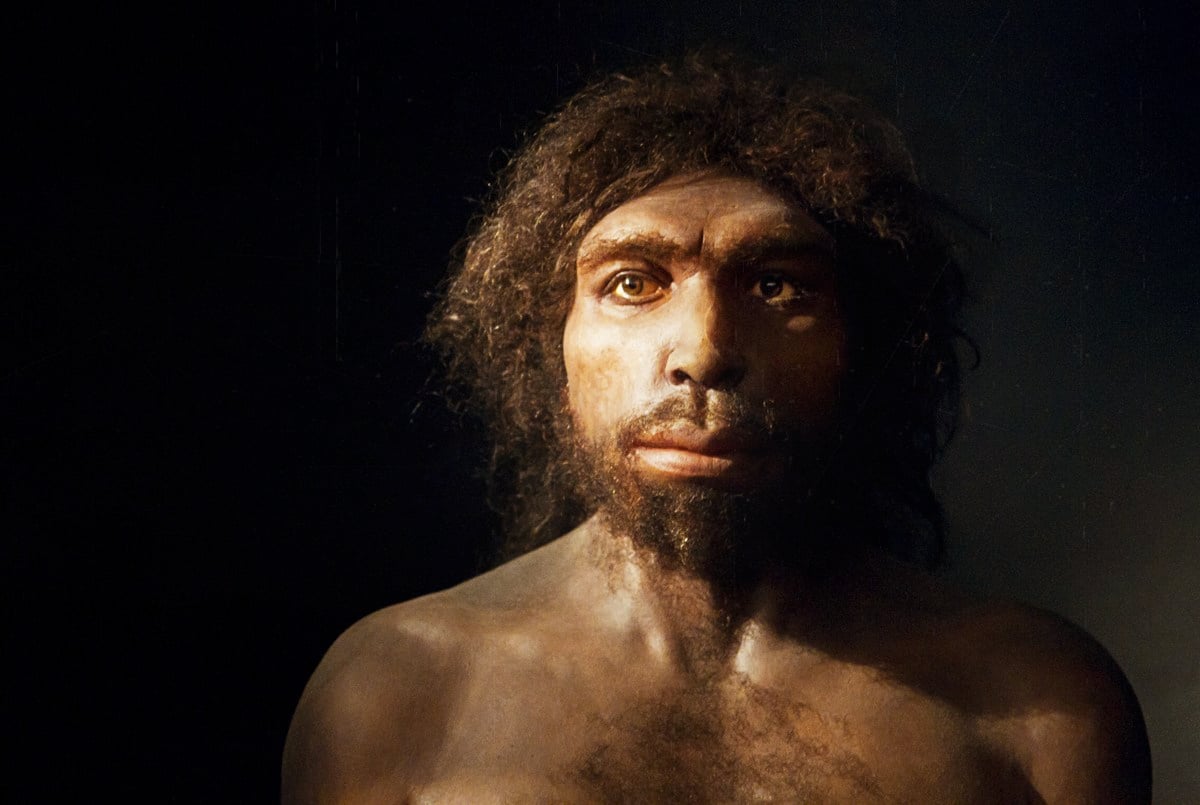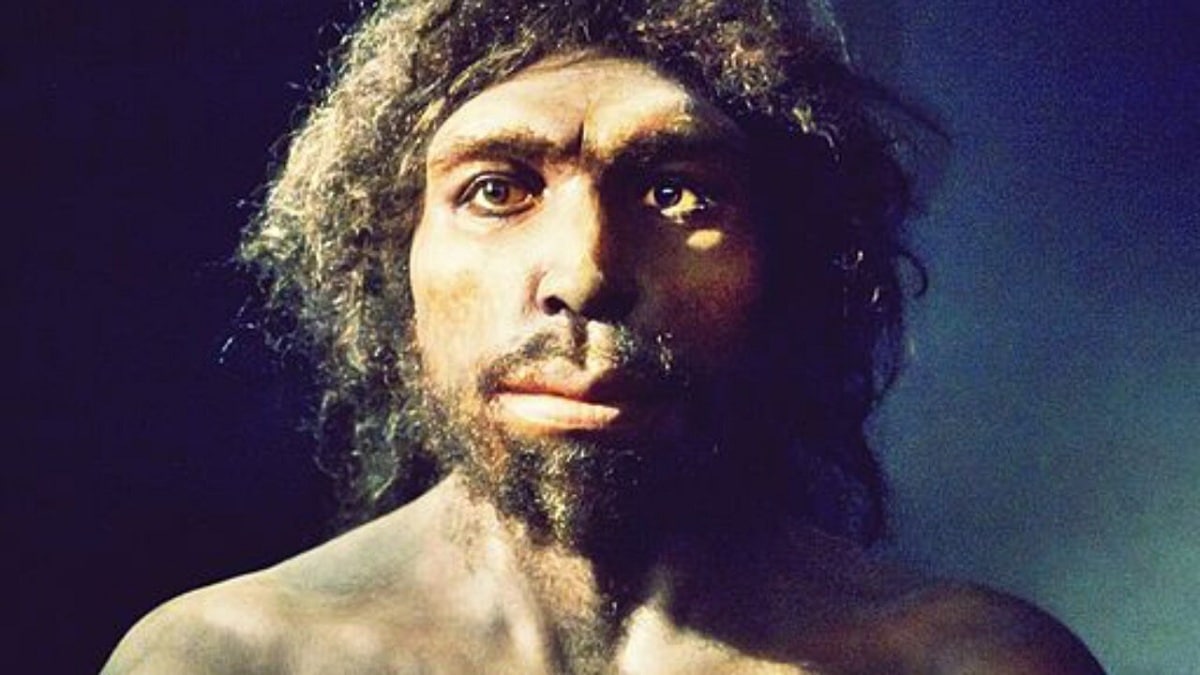
In the evolution of the human being as we know it today, there have been numerous species. One of them is the homo predecessor. It is a type of species that spends extinct but belongs to the genus Homo and is considered one of the first and the oldest habit in Europe. According to the remains of the fossils found of this human being, it was known that it existed approximately 900.000 years ago.
In this article we are going to tell you all the characteristics, origin and evolution of Homo ancestor.
Key features

It is a species that belongs to the human being and that the evolutionary line is between the A man from Heidelberg and Homo neanderthalensis. It was the first hominid that populated Europe and is native to Africa. Almost all scientists think that it is the cradle of humanity and the migration was simultaneously towards Europe and Asia. It is estimated that in a matter of geological time habit during the Pleistocene lower. Some of the features that this species has are archaic and others are more modern. This determines that it is an evolutionary mix for the change in the evolution of the human being.
The first deposits of these remains were those that were located in the town of Ceprano in Italy. From there it has become popular with the common name of Ceprano's man. The main piece of the remains that has been studied in greater depth is that of a skull with characteristics that range between primitive and modern. Some of the scientific evidence that measures the age of this skull is that it was dated approximately 900.000 years old. Given that it has diverse phylogenetic, chronological and archaeological characteristics similar to those of other species, it was called by the name of explorer or pioneer.
The remains that have been preserved in better condition are an upper jaw and the frontal bone of a young person whose life of death it is estimated that it occurred at about 11 years. In the same place where these remains could be found, only a few pieces of stone tools and numerous animal bones were counted. This indicates that this human being could already build tools. The same thing happens with the Homo neanderthalensis or homo habilis.
Although it is known that all these bones and remains are due to a time of almost a million years ago, it is expensive to be able to directly contrast them. And it is that each part of the body and its anatomy corresponds to different individuals of age groups.
Hominid expansion and the homo predecessor

What can be verified is that the remains have some distinctive features in common. And there are almost all are from primitive hominid settlers who lived in Africa and some who have already migrated to Europe. Among the physical and biological characteristics of this species we find a combination in the skull along with the teeth and a lower jaw that differ from other fossils of the genus Homo. Some of the remains are similar in morphology to modern humans but with a slightly more robust complexion. The height is an average that ranges from 1.6-1.8 meters, which does not exceed the current Homo sapiens. The weight of these individuals ranged approximately between 65 and 90 kilos, so it is more similar to the current one.
The skull has some combinations of modern and archaic features. Among the most modern features, the canine fossa, the more hollowed cheekbones and the protruding nose stand out. These parts give a somewhat more stylized appearance than that difference from other older species. On the other hand, if we analyze the ancient features, we see that it has a lower forehead and a marked double-front edge. Its occipital vault is also more prominent, especially in the back of the skull.
As for the size of the brain, it is somewhat smaller than the current human being. Although it is not a huge difference, it had a capacity somewhat lower than the current average. The primitive dental features stand out for having some more robust teeth and premolars that have multiple incisor roots that serve to better grind food. The characteristics that are considered more modern with respect to the mouth have to do with the canines. Also, some of the anterior teeth can be distinguished since they are observed with a smaller size compared to other hominid species.
Tooth eruption patterns have been found to be similar to modern humans. These conclusions lead to say that these hominids had the same development rate in terms of teeth.
Similarity between homo predecessor and Homo sapiens

We are going to analyze which are the main characteristics that are similar in both species. For this, we must consider the totality of the individuals that belong to this genus. The homo predecessor It is one of the species that has the most similarities with the current human. The first thing we must take into account the comparison is its growth. It is a type of growth similar to ours. The stage of childhood and adolescence pass more slowly than in the case of other species. In our kind we have a somewhat longer pre-adulthood if we compare it proportionally with the duration of total life.
The traits of this species would be a mix between archaic and modern. There is a rather curious detail regarding this species and that is that it was considered a dexterous specimen. Before this particular species, the rest of the hominids were ambidextrous or at least did not have a marked tendency to use one of the limbs more intensively.
Another feature that we can compare and that is extremely characteristic are the eyebrows and the forehead. If we compare the eyebrows and forehead of the homo predecessor with that of the current human being we see that it was very similar. However, these traits could also be found in other more evolved specimens of a different evolutionary branch.
I hope that with this information you can learn more about the homo predecessor and their characteristics.